The history of urban development in Ireland is rich and diverse, reflecting the country’s complex social, economic, and political evolution over the centuries. The development of urban centers in Ireland can be traced back to ancient times, with evidence of early settlements dating back to the Neolithic period. However, for a more comprehensive overview, it is common to start examining Ireland’s urban history from the medieval period onwards.
- Medieval Period (800-1500): During the medieval period, Ireland’s urban centers began to take shape around monastic settlements and trade routes. Towns such as Dublin, Waterford, Limerick, and Cork started to emerge as important centers of commerce, administration, and culture. These towns were often walled for protection, and their development was influenced by Norman and Anglo-Norman settlers.
- Anglo-Norman Influence (12th-14th centuries): The Anglo-Norman invasion in the 12th century had a significant impact on Ireland’s urban development. The invaders established new towns and modified existing ones, introducing elements of medieval town planning. Castles, walls, and marketplaces became characteristic features of these towns.
- Tudor and Stuart Period (16th-17th centuries): The Tudor and Stuart periods saw further development in urban areas, with the establishment of municipal corporations. Dublin, in particular, grew in importance as the administrative center of English rule in Ireland. However, much of the country remained rural, with a significant population living in small villages or isolated farms.
- 18th Century: The 18th century witnessed a significant expansion of Dublin, as the city became a hub for trade, industry, and culture. Georgian architecture flourished, and many of the city’s iconic buildings date from this period. Outside of Dublin, other towns also experienced growth, spurred by economic activities such as linen production and trade.
- 19th Century: The 19th century brought both challenges and opportunities for urban development. The Great Famine (1845-1852) led to a decline in population and economic hardship, particularly in rural areas. However, industrialization and the growth of the railway network contributed to the expansion of certain urban centers. Dublin continued to thrive, and Belfast emerged as an industrial powerhouse.
- 20th Century: The 20th century brought further urbanization, with rural-to-urban migration and the growth of suburban areas. Dublin expanded significantly, and new towns were planned and developed. The mid to late 20th century also saw the impact of economic policies and industrial changes on urban areas, with some regions experiencing decline while others prospered.
- Late 20th Century to Present: In recent decades, Ireland has experienced rapid economic growth and urbanization, particularly in the technology and financial sectors. Dublin, in particular, has transformed into a global tech hub. Urban planning has become a key focus, with an emphasis on sustainable development, infrastructure improvements, and housing initiatives.
Throughout this history, Ireland’s urban development has been shaped by factors such as colonialism, economic shifts, population changes, and global influences. Today, Ireland’s urban centers continue to evolve, balancing modernization with the preservation of historical and cultural heritage.

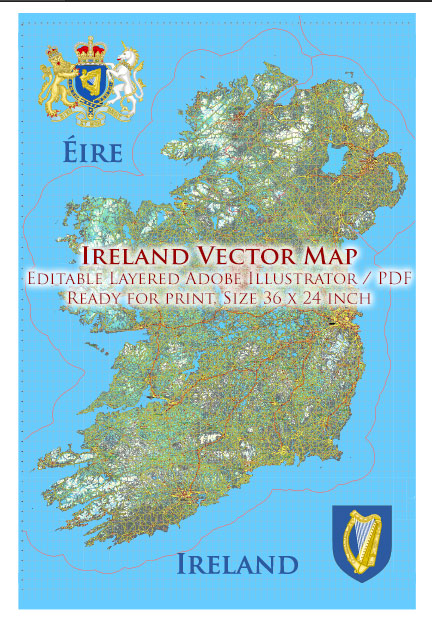
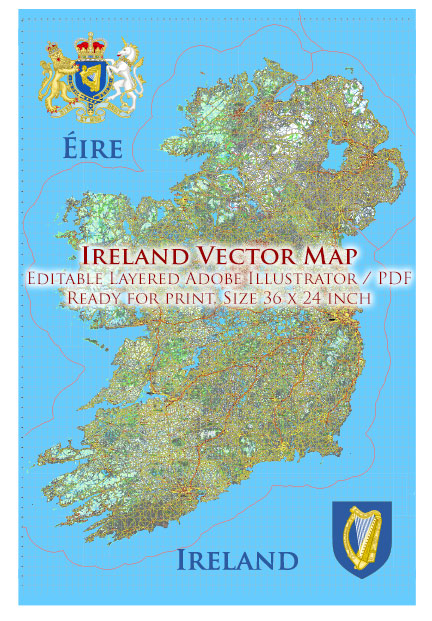
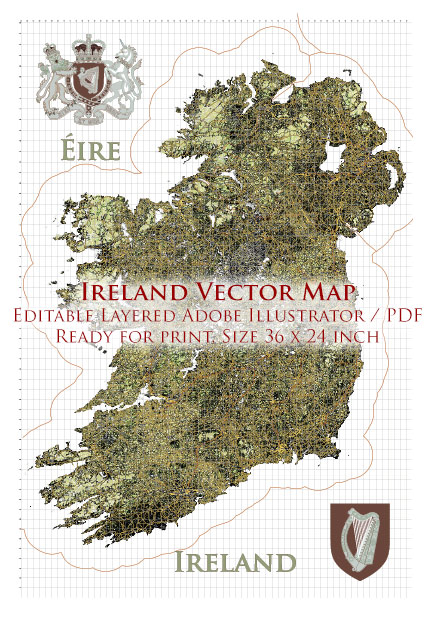
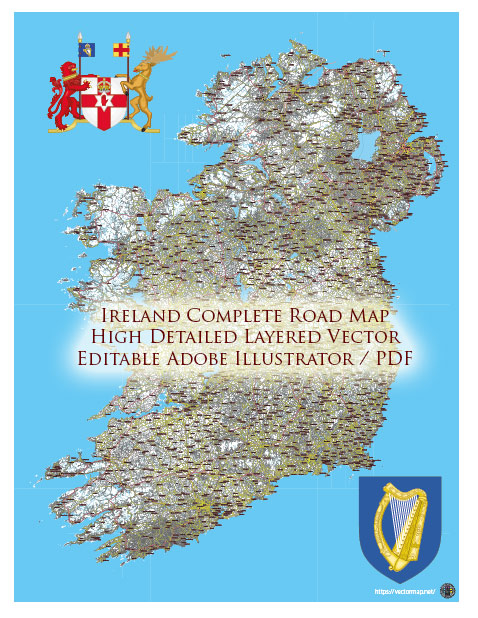
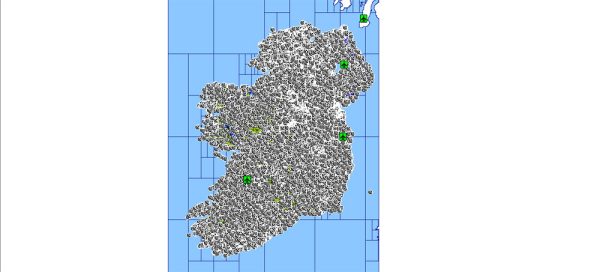


 Author: Kirill Shrayber, Ph.D.
Author: Kirill Shrayber, Ph.D.